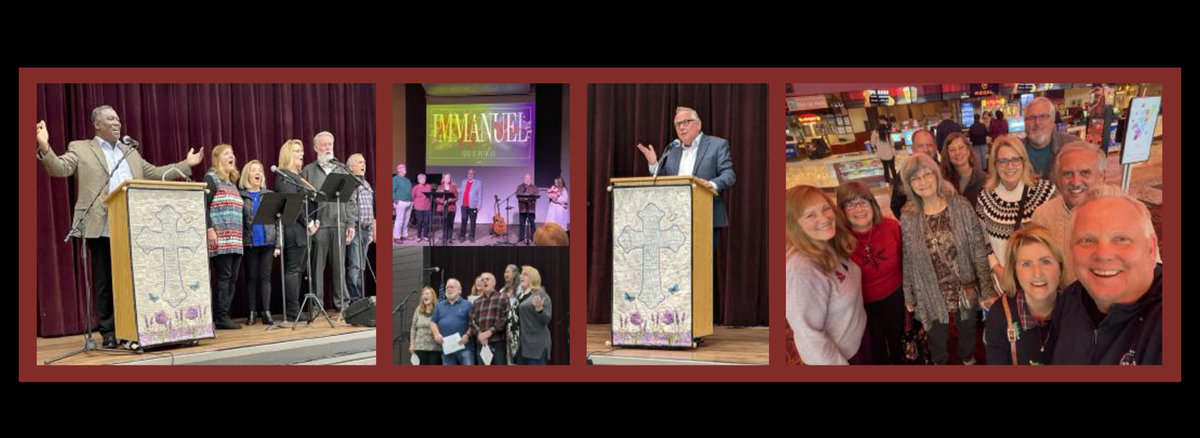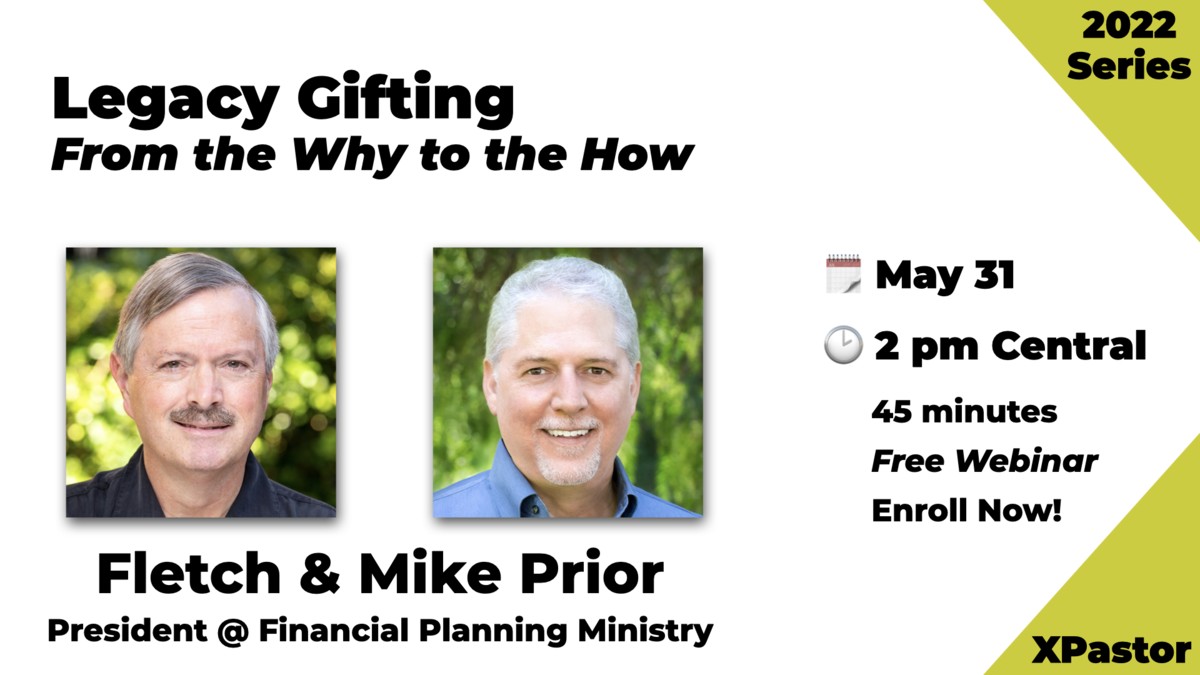There it was again … a passionate group of church leaders explaining how their exciting vision stalled in the thick mud of financial shortfalls. Their vision exploded with innovation, precision, and compelling results. The financial gap, however, minimized the vision’s impact, causing deep pain in the leaders.
The financial gap was exactly what they planned for. They did not intentionally plan for the gap. Like many church leadership teams, the lack of clarity in biblical generosity prompted the church to accept the normal in church giving. They accepted the routine practices common to most church-giving cultures.
The result? An extraordinary vision became quite ordinary.
How can leaders engage the heart of the church to abundantly resource the vision?
Leaders that boldly clarify biblical generosity will abundantly resource the vision. It is possible to build a culture where unusual generosity is the new normal.
Why would leaders want to clarify and elevate generosity?
A primary thread through the scriptures is that money symbolizes the greatest intersection of the spiritual and physical. A Christ follower that gets a grip on faith and finances tends to flourish spiritually. Leaders that intentionally engage their congregation in faith and finances lead well. Silence on generosity can sentence your church to spiritual immaturity.
People want to hear from you about generosity, especially in the current economic upheaval. Voices speak into their financial worldview all week. Assuming people naturally grasp generosity through the normal church culture is not the best plan. Spiritual leadership requires leaders to engage in conversations about money and to intentionally engage people in practices of generosity.
Your vision is worthy of financial investment, but most people do not easily understand how that vision is funded. Clarifying the value of generosity for them will bring financial resources to bear on that vision.
Our neighbors’ radar is constantly looking to see if our faith is authentic. Generosity is one of the best validations of our faith because, after all, is not the heart of our Father flowing with abundant generosity?
Each of these realities offers compelling reasons to bring clarity to, and elevate the value of, generosity. But why are leaders still reluctant to begin the conversation?
Three reasons consistently put the brakes on a healthy generosity atmosphere.
First, most church leaders do not know how to appropriately create that conversation.
Blogs, books, and podcasts prefer to cover more glamorous topics. It is much more engaging to wrestle with innovative ministry ideas than to do the hard work in generosity.
We are keenly aware that some in the non-church community reject exploring Christianity because of the perception that the church only wants money. How many times do we hear a pre-offering statement that “visitors are under no obligation to give today?” Giving visitors permission to not give is fine, but we are uncertain how to make the transition to move them to joyful giving.
Second, a series of standard, default beliefs shuts down healthy dialog about generosity.
The motivation behind these beliefs is genuine. However, the easy application of these beliefs inappropriately shuts the door to spiritual formation.
These beliefs include:
- I, as a pastor or leader, do not want to know what people give. It will cause me to minister to people differently, based on their giving.
- James 2 speaks strongly about showing favoritism to the rich.
- The left hand should not know what the right hand is doing.
- Giving is a private issue, to be kept between the person and the Lord.
These customary beliefs, and others, do create guardrails to protect the giver and the leader. The beliefs do not, however, mean that leaders cannot engage and clarify biblical generosity.
These beliefs can limit us to standard practices that yield nothing but standard results. Our calling and vision are not standard, but worthy of the extraordinary.
Third, the church norm of giving communication comes in unnatural, loud seasons.
Whether financial scarcity compels us, a large construction project looms, or there is a need to reduce debt, we tend to cast the worship experience into an intense, brief focus on what the need is, the urgency to meet that need, and a specific request to meet that need. While this practice is appropriate in certain seasons, these accepted practices do not create a sustained culture of generosity. Instead, a culture of generosity is fashioned through an unyielding resolve by the leadership and incrementally engaging the congregation in the conversation. The most effective leaders honor the guardrails of the scripture, but release the brakes and go full speed into the adventure of people, faith, and generosity.
How might leaders bring clarity to church generosity, making unusual generosity the norm?
Purpose to lead in generosity
The speed of the leadership always dictates the speed of the team.
Give yourselves permission to engage in and elevate the value of giving. Every organization has a generosity-value system or purpose. This purpose ranges from random, the accepted norm, or an intentional engagement that revolutionizes the heart of the giver and the vision outcome. Make the decision that engaging the value is worth the risk.
This decision will be risky. The internal debate to make this decision will be robust and energized, as if each team member drank several high caffeine drinks before the meetings.
Some on your team will want to keep the value underground. It is not uncommon at all for a few of your leaders to give little to the church. They will want to avoid exposure.
Place the value in writing with a compelling, specific statement. The statement will answer the question, “Why do we engage in generosity?”
Publicly declare the value of generosity
Visit most church websites and you will find a list of values that declare what is important to them in mission, values, and vision. Most lack any affirmation that they wish to be known and behave as a radically generous people.
Consider making the bold declaration that leaders in this church embrace, practice, equip, talk about, celebrate and make generosity the common practice in the church.
This decision is more than a five-minute announcement. Like many other initiatives, a value can be highlighted, then forgotten quickly. It will take more than one year to fully communicate the value of generosity and to integrate it into your church culture. The work is painstakingly challenging, but too much is at stake to use typical church implementation methods to implement the value.
Dream big about your church being fully engaged in generosity
What would it look like to have a fully-funded vision? How would the community respond to a group of radically generous people who are identified with Christ? What would thousands of fresh water wells mean to people who walk miles daily to carry a bucket of unhealthy water back to the village? How would an impoverished school respond to freshly painted walls and a new playground? What would hundreds of people look like who are passionate about sharing possessions—and making Christ known in the process?
Cherish the practices that keep generosity the tip of the spear in your mission
Consider working with the staff on ways to incrementally elevate generosity. If the church leadership does not keep the fire white-hot on this value, the church’s focus will drift into the standard response, leaving you no choice but to seek the mediocre.
In your church, how would you celebrate and elevate the things that you hold dear? As one leader states, “We must translate our values into specific behaviors that we expect from one another.”
Plan and execute a specific strategy to get where you want to go in the arena of generosity
This strategy will take much work. There is not much in the church world that a leadership team can cut and paste to take an easy course, thereby avoiding the demanding process to make generosity the norm.
What if your church had such a dynamic generosity culture that a significant number of people continually progressed through what has been termed “the stages of giving?” Every time I work through this list (shown below), my own desire is to move forward to better reflect the heart of God. Borrowing heavily from Ken Dayton’s Nine Stages of Giving, and modifying it for church application, your church can develop a culture where people understand these stages and are equipped to advance through them.
Nine Stages of Giving
A Consumer
A person that utilizes the church resources but does not have the spiritual maturity to give. We want as many people as possible to enter the journey here, as this entry point often is their first step into engagement with God. We do not want them to stay here, but to grow in their understanding of God. Based on my frequent analysis of church-giving data, about one half of your people are here. Many never get past this stage.
Minimal Giving
People give because there is some level of emotional attachment, because they are growing spiritually, and because they are asked to give. Consistently reviewing church-giving data finds about 25% of your people park here.
Involved Giving
A person gives consistently because he or she is involved and has a strong emotional and spiritual motivation to give. Most churches have the standard 25% of people engaged at this level.
Giving as Much as Possible
Rare, but you will find that person or couple that choose to live purposefully to fund Kingdom work. All income levels can embrace this value.
Giving to Maximize Tax Advantages
Giving as much as possible to legally take advantage of charitable tax laws.
Giving Beyond Regard to Tax Advantages
These people give because they want to give and sometimes in places that do not always provide a giving statement for tax purposes. For example, a family chooses to consistently give to the single parent family that is financially strapped.
Giving a Percent of Wealth
A person realizes how much he or she can give away and still live contentedly in our culture. A person does not have to be wealthy to give a percentage of their wealth. Some prefer different terminology, such as “becoming a percentage giver.” Every season, the family or person chooses to give an increased percentage to the church.
Capping Wealth
I still remember the first successful businessperson who explained to me how he lived on a budget and capped his personal income well below what he could have received. He gave away the balance. I was stunned that someone could even think this way, countering the American dream.
Estate Giving
While still leaving an appropriate amount to heirs, a person determines to give the bulk of the estate to the church and Kingdom purposes.
What would your church look like if the norm were to move a substantial number of people through these stages?











